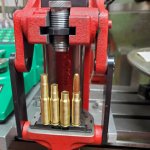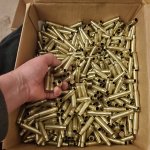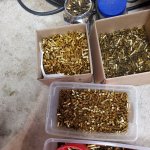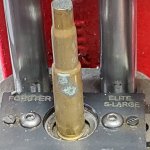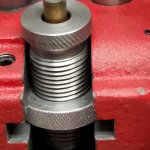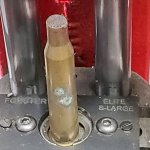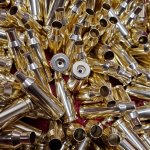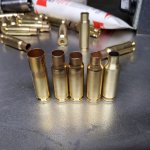- Mar 15, 2018
- 1,395
- 5,488
Annealing always seems to prompt some healthy discussion and debate. Best ways to anneal? When to anneal? Is it really even annealing (there was recently a thread on here as to whether it is actually annealing or something else). All that said, for what I will refer to as my ‘precision’ rounds I anneal (AMP) after every firing, and I anneal before resizing (I’m thinking this puts me in the majority).
But what I’m wondering today is this; as I have begun reloading large volumes of .223 Rem. .308 Win and .300 ACC Blackout for my gas guns. Do these need to be annealed? Annealed after every firing? And for that matter, trimmed after every firing? I have no dog in the fight, I have the equipment to do it and rather enjoy the whole process, but I was curious what others were doing for their "meat and potato" rounds.
But what I’m wondering today is this; as I have begun reloading large volumes of .223 Rem. .308 Win and .300 ACC Blackout for my gas guns. Do these need to be annealed? Annealed after every firing? And for that matter, trimmed after every firing? I have no dog in the fight, I have the equipment to do it and rather enjoy the whole process, but I was curious what others were doing for their "meat and potato" rounds.

